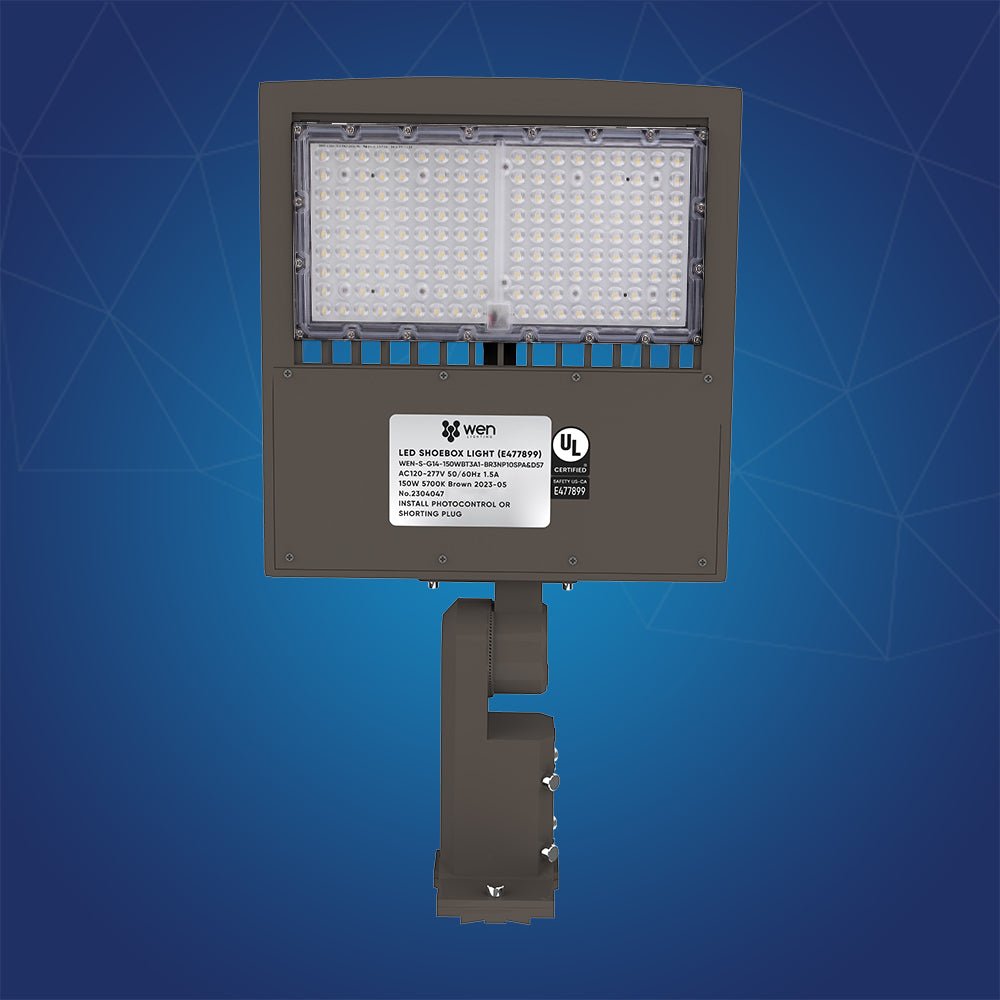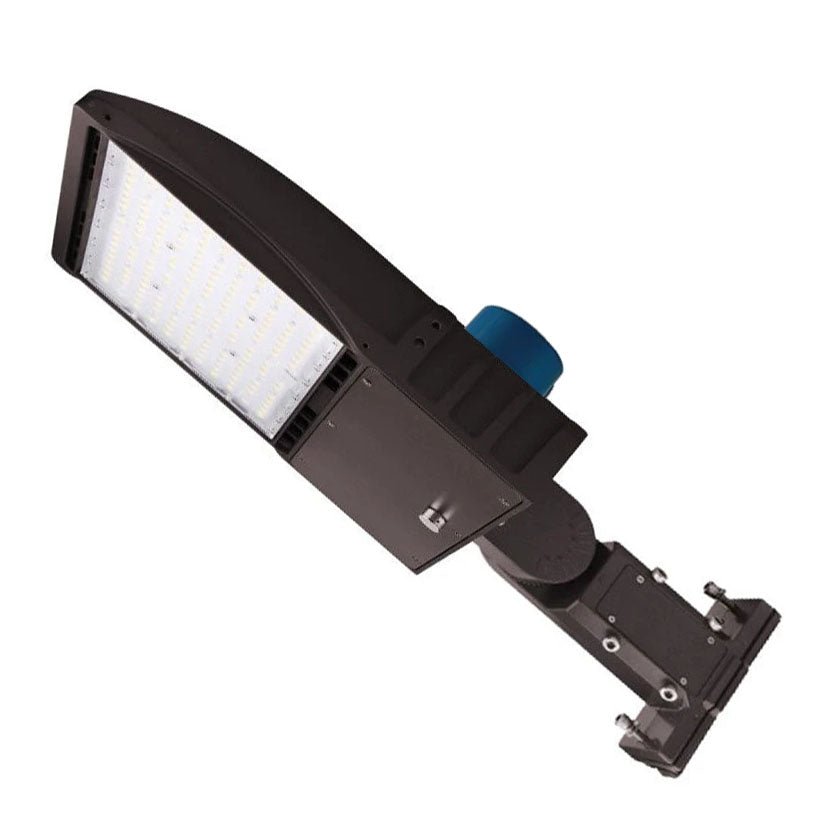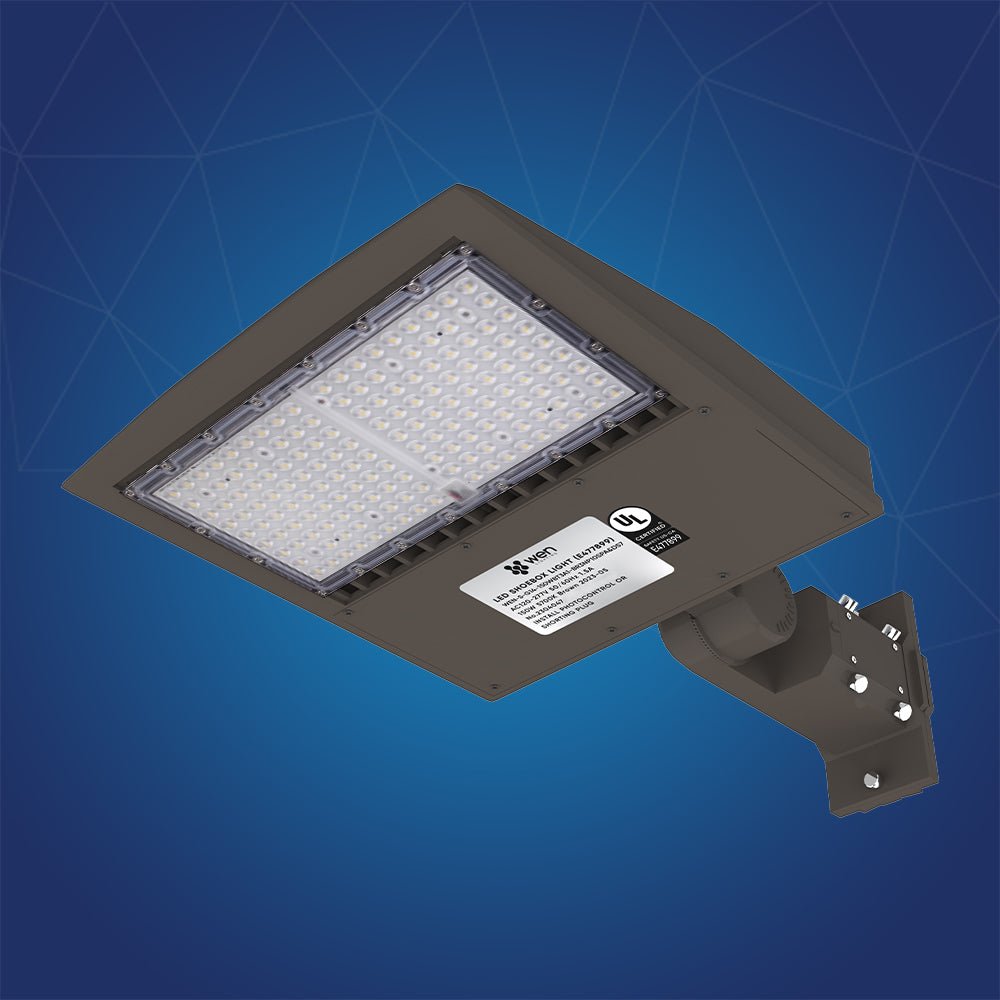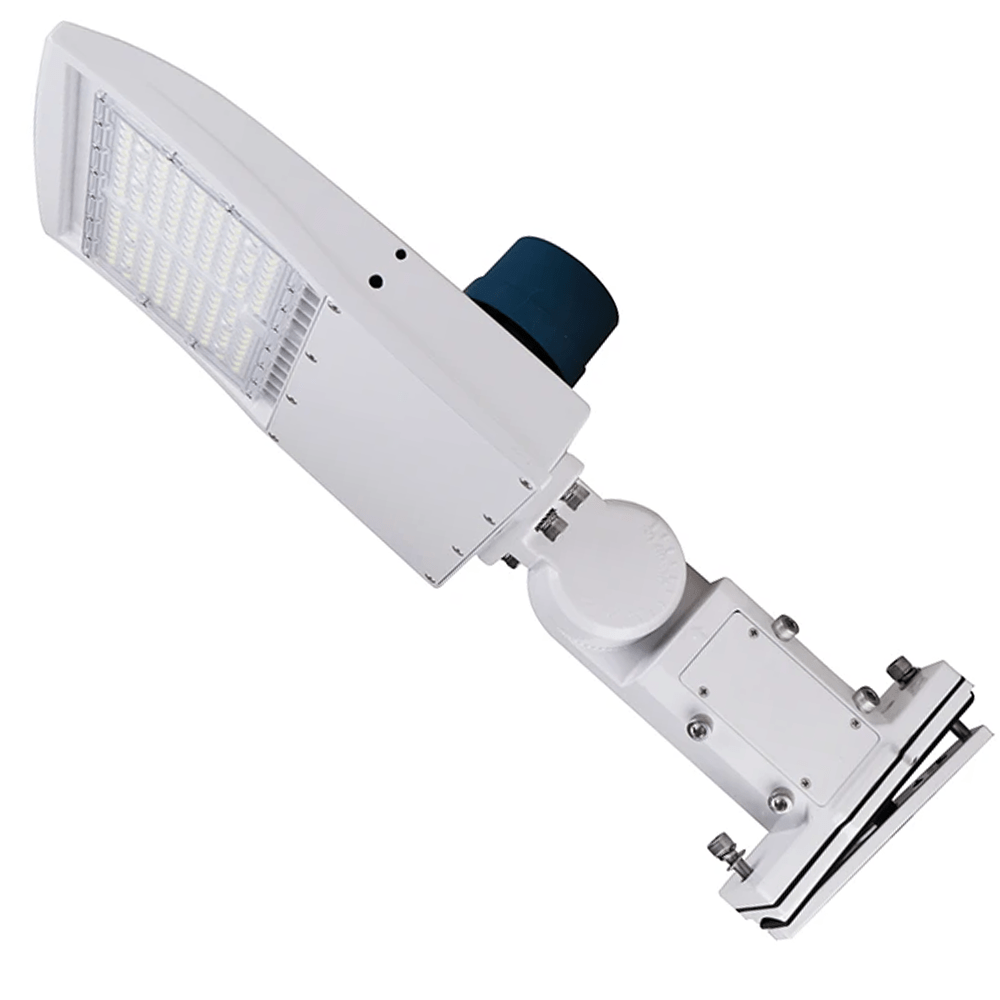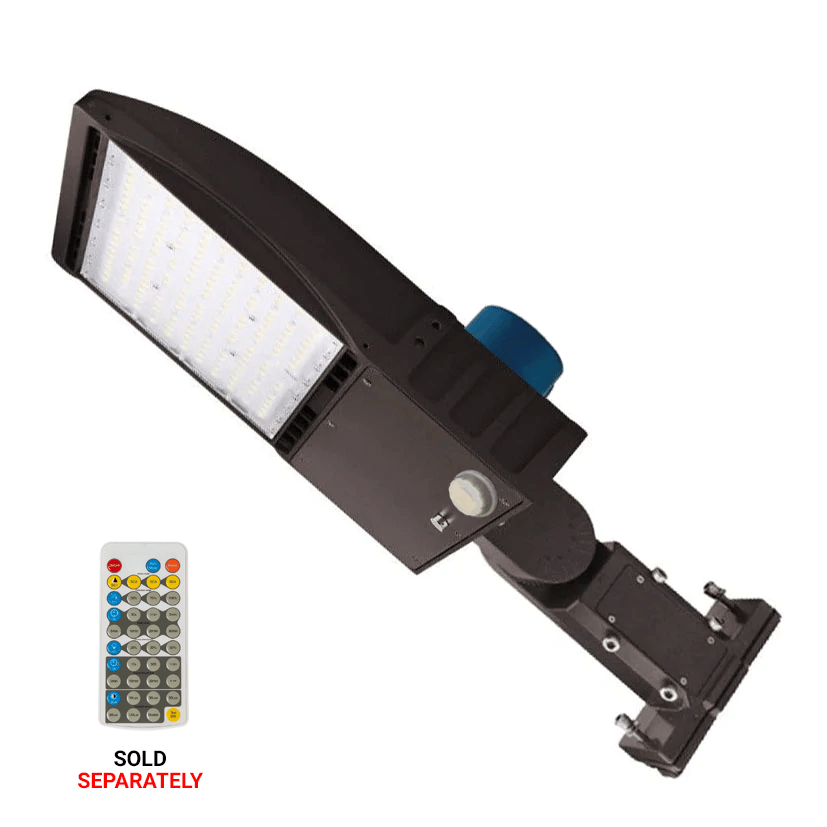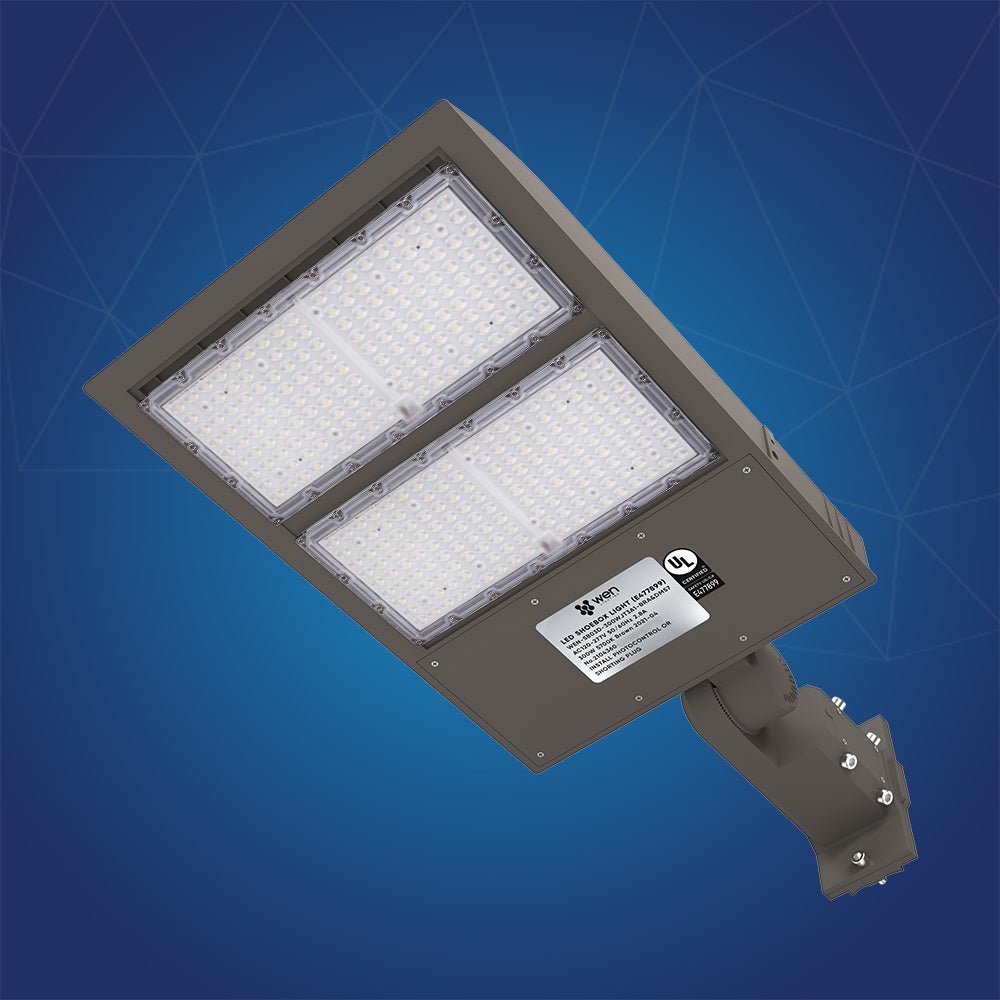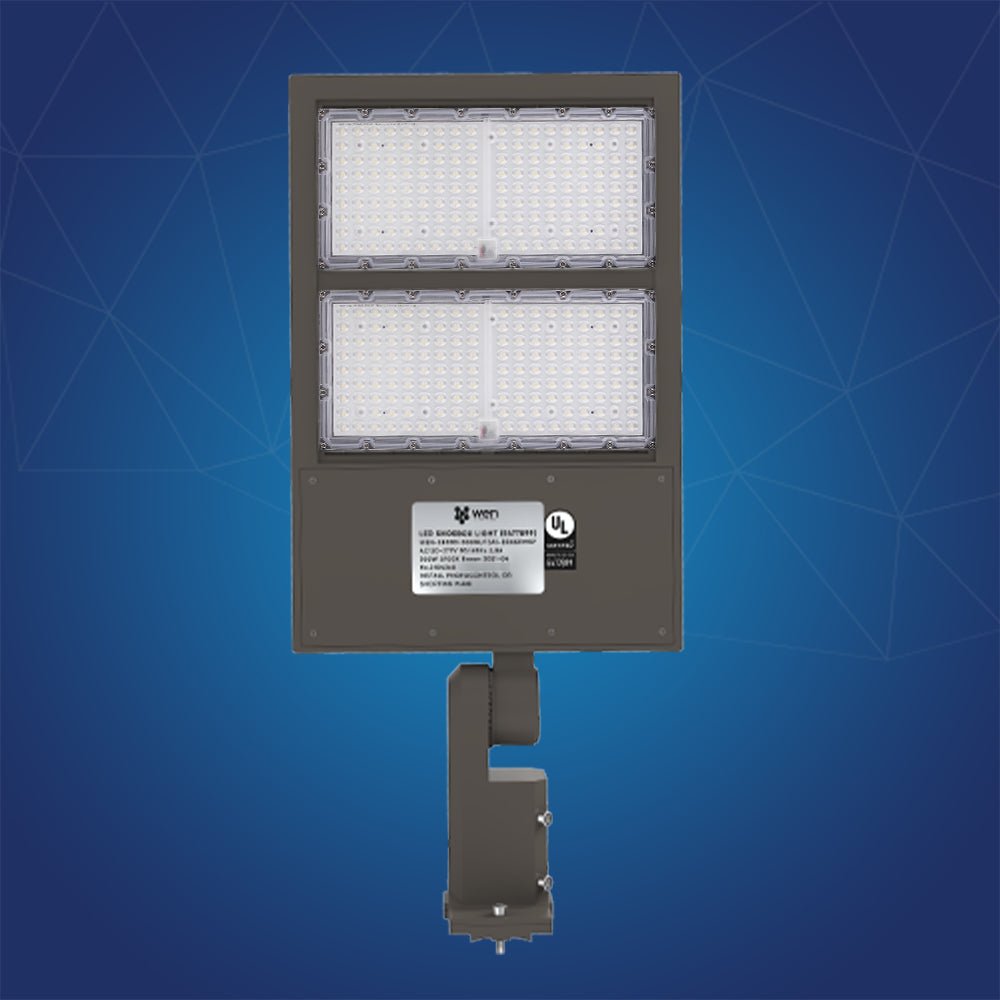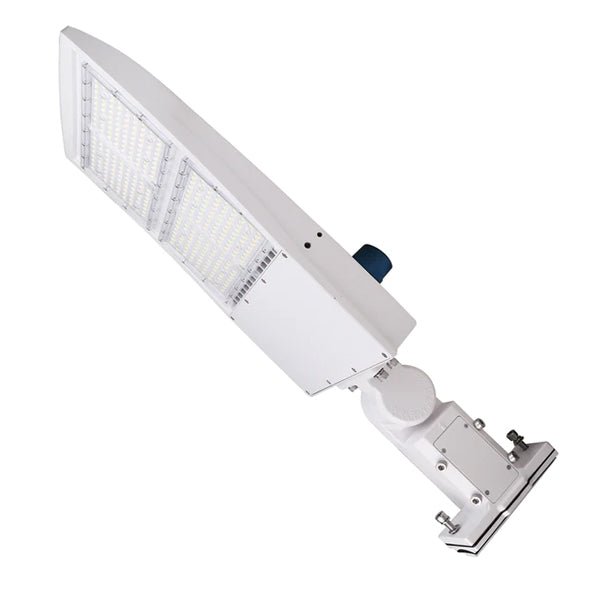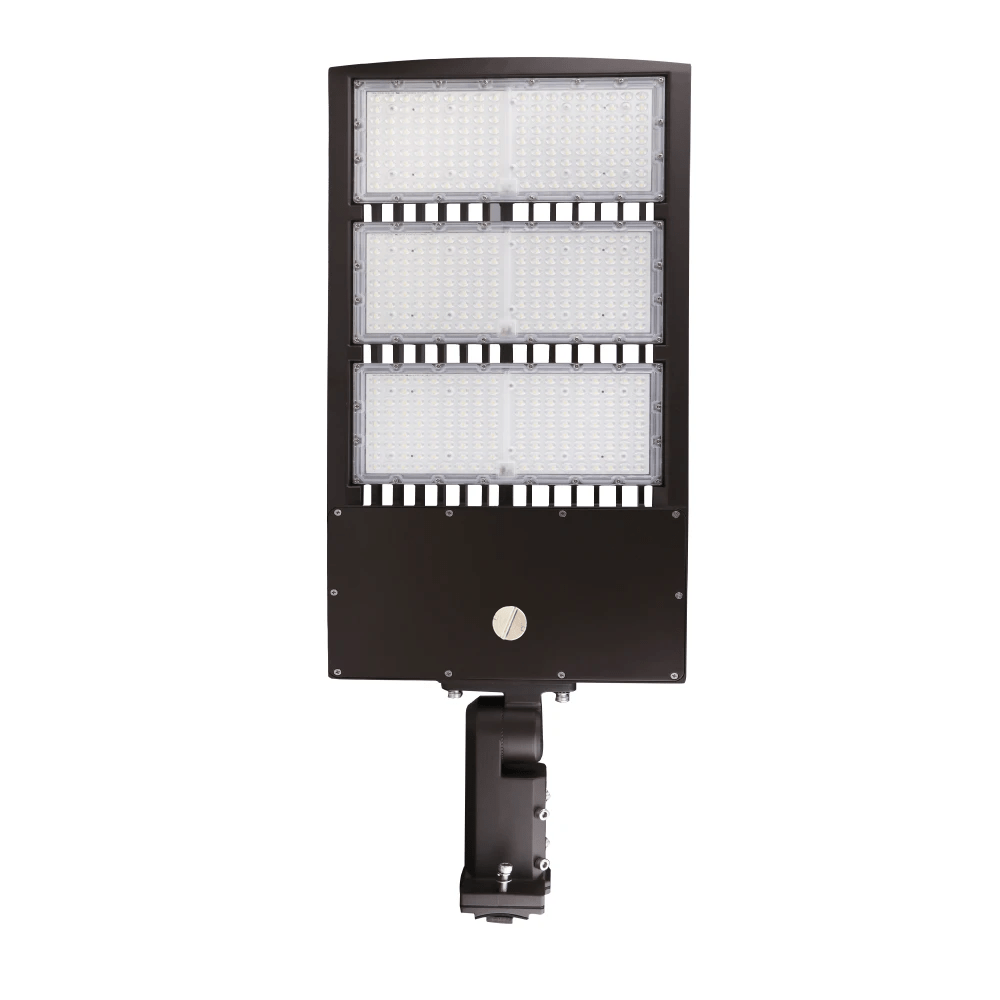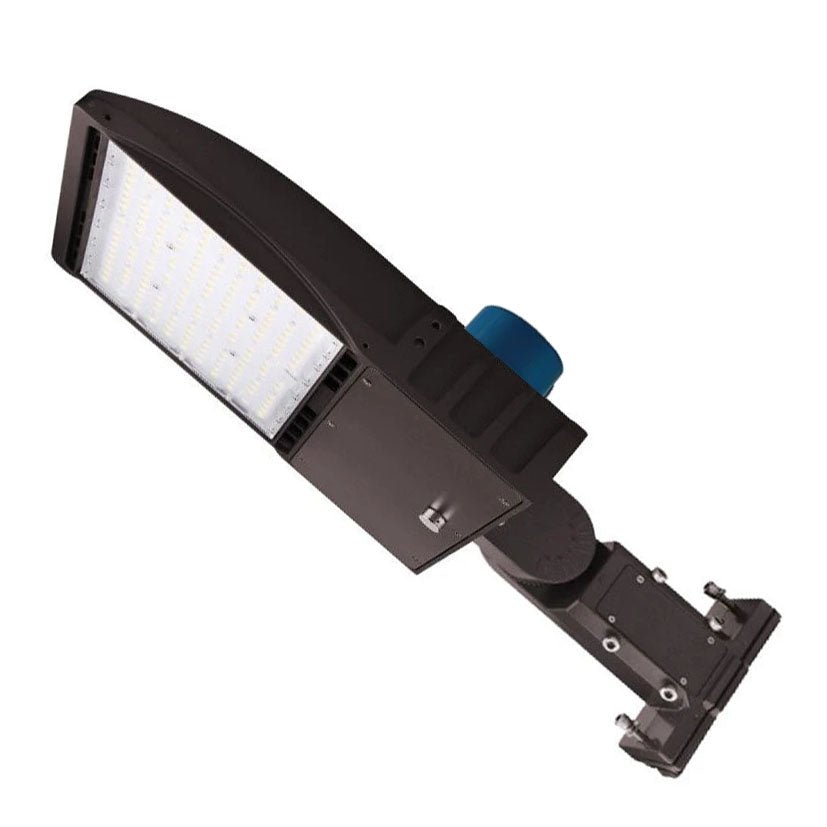Introduction
Street lights are a crucial part of our urban infrastructure. They not only illuminate our roads but also enhance safety, security, and overall urban aesthetics. Lately, you might have noticed a significant change in the type of street lights being used. Cities and towns are increasingly replacing traditional street lights with LED (Light Emitting Diode) lights. But why is this shift happening? Let’s dive into the reasons behind this illuminating transformation.
Understanding LED Technology
What is LED?
LED stands for Light Emitting Diode. It’s a semiconductor device that emits light when an electric current passes through it. Unlike traditional incandescent bulbs, LEDs don’t rely on a filament to produce light. This fundamental difference makes LEDs more efficient and durable.
How do LEDs Work?
LEDs work by passing electrons through a semiconductor material, which then emits photons – the basic unit of light. This process, known as electroluminescence, is highly efficient and allows LEDs to produce a lot of light with minimal energy.
The Evolution of Street Lighting
Early Forms of Street Lighting
Street lighting has come a long way from oil lamps and gas lights. These early forms were inefficient and required a lot of maintenance. They were soon replaced by electric street lights, which offered better illumination and lower operational costs.
Transition to Modern Street Lighting
With technological advancements, street lighting evolved further to include high-pressure sodium lamps, metal halide lamps, and now, LEDs. Each of these transitions aimed to improve efficiency, reduce costs, and enhance lighting quality.
Advantages of LED Street Lights
Energy Efficiency
One of the most compelling reasons for switching to LED Street lights is their energy efficiency. LEDs consume up to 50-70% less energy than traditional street lights. This substantial reduction in energy consumption translates to significant cost savings for cities.
Longevity
LEDs have a much longer lifespan compared to traditional street lights. While incandescent bulbs last around 1,000 hours and fluorescent lights last up to 10,000 hours, LEDs can last 25,000 to 100,000 hours. This longevity reduces the frequency of replacements, saving both time and money.
Cost Savings
Although the initial installation cost of LED street lights can be higher, the long-term savings are undeniable. Reduced energy consumption and lower maintenance costs make LEDs a cost-effective choice in the long run.
Environmental Benefits
Reduced Carbon Footprint
LED street lights contribute to a significant reduction in carbon emissions. By consuming less energy, they lower the demand on power plants, many of which still rely on fossil fuels. This reduction in energy consumption helps mitigate climate change.
Lower Light Pollution
LEDs are designed to provide directional lighting, meaning they can be aimed precisely where light is needed. This reduces light spill and glare, contributing to lower light pollution and preserving the night sky.
Enhanced Safety and Security
Improved Visibility
LED street lights provide brighter and more uniform illumination. This improved visibility enhances safety for drivers, cyclists, and pedestrians, reducing the risk of accidents.

Crime Reduction
Better lighting can deter criminal activities. Well-lit streets make it harder for criminals to operate undetected, thus contributing to lower crime rates in well-illuminated areas.
Economic Impact of LED Street Lights
Cost of Installation vs. Savings
While the upfront cost of installing LED street lights can be high, the savings in energy and maintenance costs quickly offset the initial investment. Many cities report recouping their investment in just a few years.
Job Creation
The transition to LED street lights also creates job opportunities. From manufacturing and installation to maintenance and technological development, the LED street lighting industry supports a range of employment opportunities.
Government and Municipal Initiatives
Case Studies of Cities Adopting LEDs
Cities around the world are adopting LED street lights with great success. For example, Los Angeles has saved millions of dollars annually since converting its street lights to LEDs. Other cities like New York, London, and Sydney have reported similar benefits.
Government Incentives and Policies
Many governments are providing incentives for cities to switch to LED street lights. These incentives include grants, subsidies, and tax breaks, making it easier for municipalities to invest in this energy-efficient technology.
Global Trends in LED Street Lighting
Adoption Rates Around the World
LED street lighting adoption rates are rising globally. Developed countries are leading the charge, but developing nations are also catching up, recognizing the long-term benefits of LEDs.
Success Stories
Countries like Denmark, Japan, and Canada have successfully implemented widespread LED street lighting projects, showcasing the potential for energy savings and environmental benefits.
Technological Innovations in LED Street Lighting
Smart Street Lighting
Smart street lighting integrates LED technology with sensors and connectivity features. These systems can adjust brightness based on traffic flow, weather conditions, and time of day, further enhancing energy efficiency.
Integration with IoT
The Internet of Things (IoT) enables street lights to communicate with other smart city infrastructure. This integration can provide data on usage patterns, maintenance needs, and even environmental conditions, making urban management more efficient.
Challenges and Solutions
Initial Costs
The initial cost of installing LED street lights can be a barrier for some municipalities. However, many cities overcome this challenge through financing options, government incentives, and public-private partnerships.
Technological Limitations
While LEDs are highly efficient, they do have some limitations, such as reduced performance in extremely cold temperatures. However, ongoing technological advancements are addressing these issues, making LEDs more versatile and reliable.
Future of Street Lighting
Emerging Technologies
The future of street lighting looks bright with emerging technologies like solar-powered LEDs and advanced smart lighting systems. These innovations promise even greater efficiency and sustainability.
Predictions for the Future
As technology continues to evolve, we can expect street lighting to become even more integrated with smart city initiatives. Future street lights may include features like air quality monitoring, noise detection, and enhanced connectivity, contributing to more livable urban environments.
Conclusion
The switch to LED street lights is driven by numerous compelling factors. From energy efficiency and cost savings to environmental benefits and enhanced safety, LEDs offer a superior solution for urban illumination. As cities worldwide continue to embrace this technology, the future of street lighting looks brighter than ever.
FAQs
Q. What is the lifespan of an LED street light?
A. LED street lights can last anywhere from 25,000 to 100,000 hours, significantly longer than traditional street lighting options.
Q. How do LED street lights save energy?
A. LEDs are more efficient at converting electricity into light, resulting in up to 70% less energy consumption compared to traditional street lights.
Q. Are LED street lights more expensive to install?
A. While the initial installation cost of LED street lights can be higher, the long-term savings in energy and maintenance costs make them a cost-effective choice.
Q. What are the environmental benefits of LED street lights?
A. LED street lights reduce carbon emissions and lower light pollution, contributing to a more sustainable and environmentally friendly urban environment.
Q. Can LED street lights be integrated with smart city technology?
A. Yes, LED street lights can be integrated with smart city technology, allowing for features like smart dimming, data collection, and enhanced connectivity.




















































































